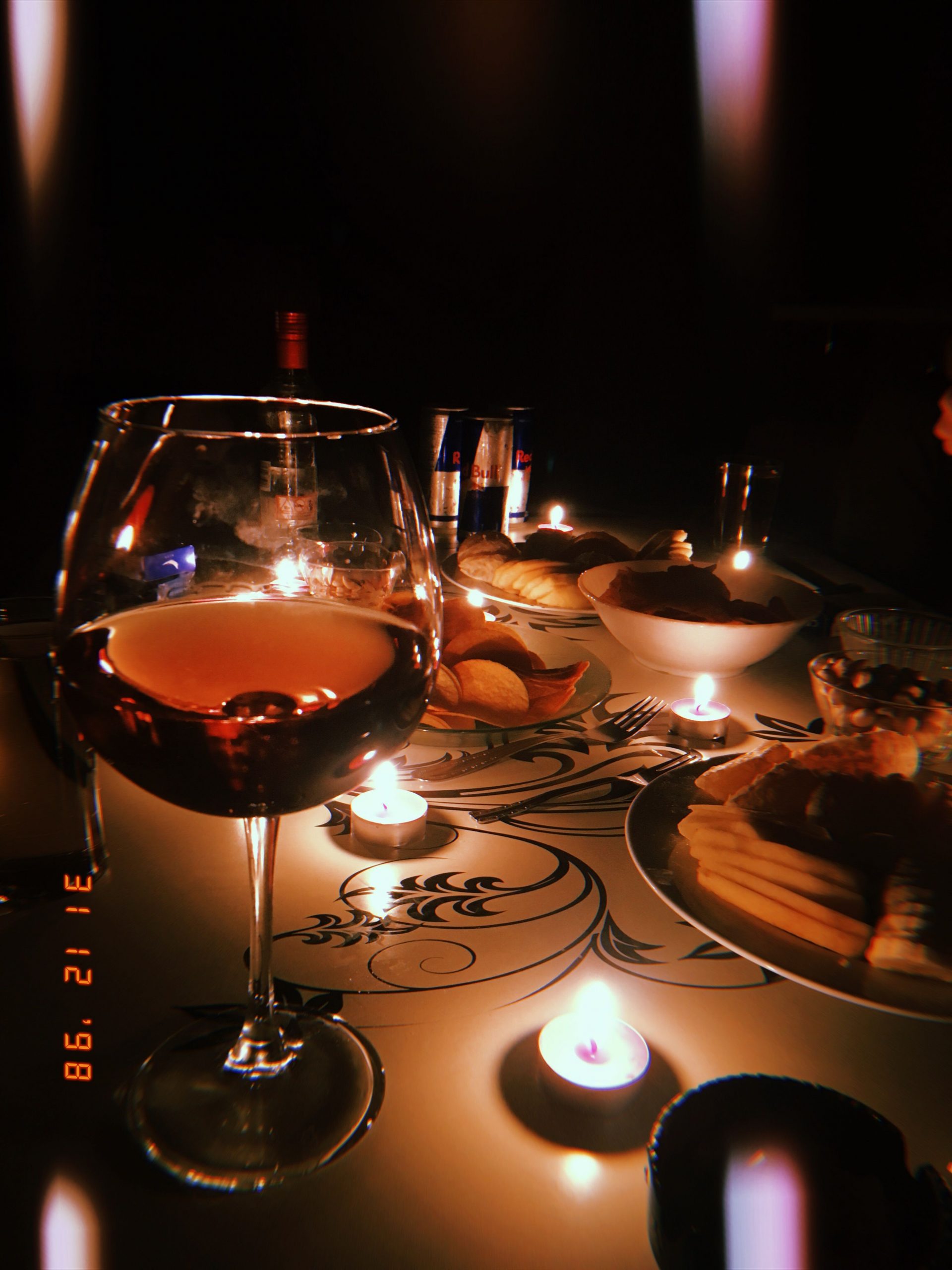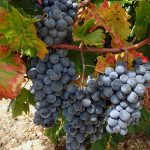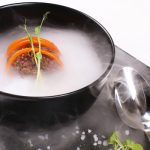
Wine Terms
AOC (Appellation d’Origine Controlée): In this system, which is put into practice in order to protect the characteristics of French regional food products and not to put their imitations on the market in other countries or regions, the regions where wine will be produced, wine grapes, vine planting and care methods, production methods, alcohol ratio, hectare Many factors such as yield per head, labeling, chemical analysis values of wine were determined in detail.
Flavor: The flavors and smells originating from the grape and / or grades from which the wine is made is called flavor.
Leg: While the wine is in the glass, as a result of shaking with gentle circular movements, it rises on the inner walls of the glass and glides downward in paths, while in French, the formations that mean leg (jambes) or tears (larmes) are formed. This formation will be more evident in wines with high alcohol content.
Beaujolais (Bo-jo-le): Actually, Beaujolais, one of the regions in the Burgundy region of France, is the name given to young wines produced from the harvested grapes in the same harvest year. Simple, fruity and easy to drink, these wines are put on the market for consumption in a very short time.
Baumé (Bo-me): It is a frequently used unit of measure in winemaking. It is used to define the amount of sugar in the grape. 1 ° Baumé equals 17-18 grams of sugar per liter of water. For example, if a completely dry wine is to be obtained from a grape with 12 ° Baumé, a 12 percent alcohol can be made.
Buke: It is a term mostly used to describe the smell of ripe or ripening wines. In wine, it can also be defined as the complex combination of primary aromas coming from grapes and secondary and tertiary aromas that occur during fermentation and aging.
Bouchonné (bu-sho-ne): It is a definition used for wines affected by fungal infection and spoiled.
Jibre: It is the name given to the residue formed after the grape is squeezed, formed from the skin, core and stem.
Degustation: It is the process of tasting a wine in order to evaluate its properties.
Decantation: It is the process of draining a wine into a container, a decanter, separate from the bottle, in order to purify it from sediment or aerate it.
Balance: It is an essential feature in quality wines. In a balanced wine, the alcohol ratio, acidity, sugar content and tannin are in a balance on the palate, and none of the features stand out enough to overwhelm the others.
Dömi-sekt: It is a term used for slightly sweet wines. The sugar content is usually between 4 and 12 grams per liter.
Enology: It is the science that deals with wine.
Estate bottling: Explains that the wine is produced and bottled in facilities located in the region where the grapes are grown.
Skirt: It is the name given to the color of wine in the winemaking language.
Fermentation: It is the conversion of sugar naturally found in grape juice to ethyl alcohol and carbon dioxide with the help of yeasts.
Finish: A definition used for the final effect a wine leaves in the mouth after swallowing or spitting. The taste of a wine with a “long” finish stays in your mouth for a while, which is an indication of the quality of the wine.
Young wine: These are the wines that are produced by a special method that will not lose the grape’s primary aroma, are bottled immediately and should be consumed without waiting too long.
Body: The feeling of fullness left by a wine on the palate. Wines with high alcohol content and extract are defined as solid or full.
Kav: It is the name given to the cellar where the wines are kept.
Shortness: A wine can be said to be short if, after swallowing (or spitting), the taste of a wine is not permanent and disappears within a few seconds. The bitterness left by the grain in the mouth is not taken into account in the concept of persistence in the mouth.
Complex: A tasting term that describes wines with a variety of flavors and bouquets, the complex structure, which is a characteristic of high-quality wines.
Cupage: It is the process of blending the wines of different tubs or barrels. In this process, it is aimed to produce better quality wines by blending the wines obtained from different parts of the vineyards, wines of different years, different types of wines that have undergone different processes, or different grades with each other.
Liqueur wine: These are wines whose fermentation has been stopped by adding alcohol. For this reason, their alcohol content is high. Porto and Jerez are known as the world’s most famous liqueur wines.
Magnum: The name given to bottles of 1.5 liter (twice the volume of a normal wine bottle).
Maceration: It is the process in which color, tannins and other organic substances are gained by keeping the grapes together with their skins and seeds in the production of red and rose wine.
Wort: It is the name given to Şıralı jibre.
Fruitiness: It is a tasting term that describes the aromas in wine that are attractive and especially evoke citrus and blackberry type fruits.
Monosepage: Wine made from a single grape variety. However, it is not necessary to use this grape 100%. 15-25% of another grape is used in many countries.
Oxidation: It is the wine defect caused by exposure to too much oxygen. Such wines are described as “oxidized” and taste like vinegar.
Sec: They are wines whose sweetness is not perceived much. Generally, sugar ratios are between 0-4 grams per liter, depending on their acidity, this ratio can be up to 10 grams per liter.
Sepage (varietal): In French, it is used to describe the grape variety used in the production of wine. Sepage wine is the name given to wines made from a single grape variety, also known as varietal.
Tannins: It is the substance found in grape skins, seeds and stems that makes mouth ache. The more tannins found in red wines contribute to the body of these wines and also play an important role in their aging. Apart from grapes, tannin can also be used in the wooden barrel where it is aged.
Length: The effectiveness and permanence of the aftertaste that a wine leaves after being swallowed (or spit). The bitterness left by the grain in the mouth is not included in the length.
Vintage (vintage): It is a term that has more than one meaning. It can be used in the sense of vintage, as well as as the year in which the grapes are collected and the production of wine begins. Sometimes he tells that wine is the product of a single year, as is the case with champagne.
Viticulture: It is the name given to the science and practice of viticulture. It is a science that deals with the climate and soil conditions of the vineyards, the selection of the grape variety, the establishment of the vineyards, grafting diseases and many more.
Slowness: It is a tasting term that defines low quality wines with low acidity and poor texture and character.
Roundness: It is a term used for wines that are mostly balanced and do not have a pronounced grain, acidity or sugar ratio.






